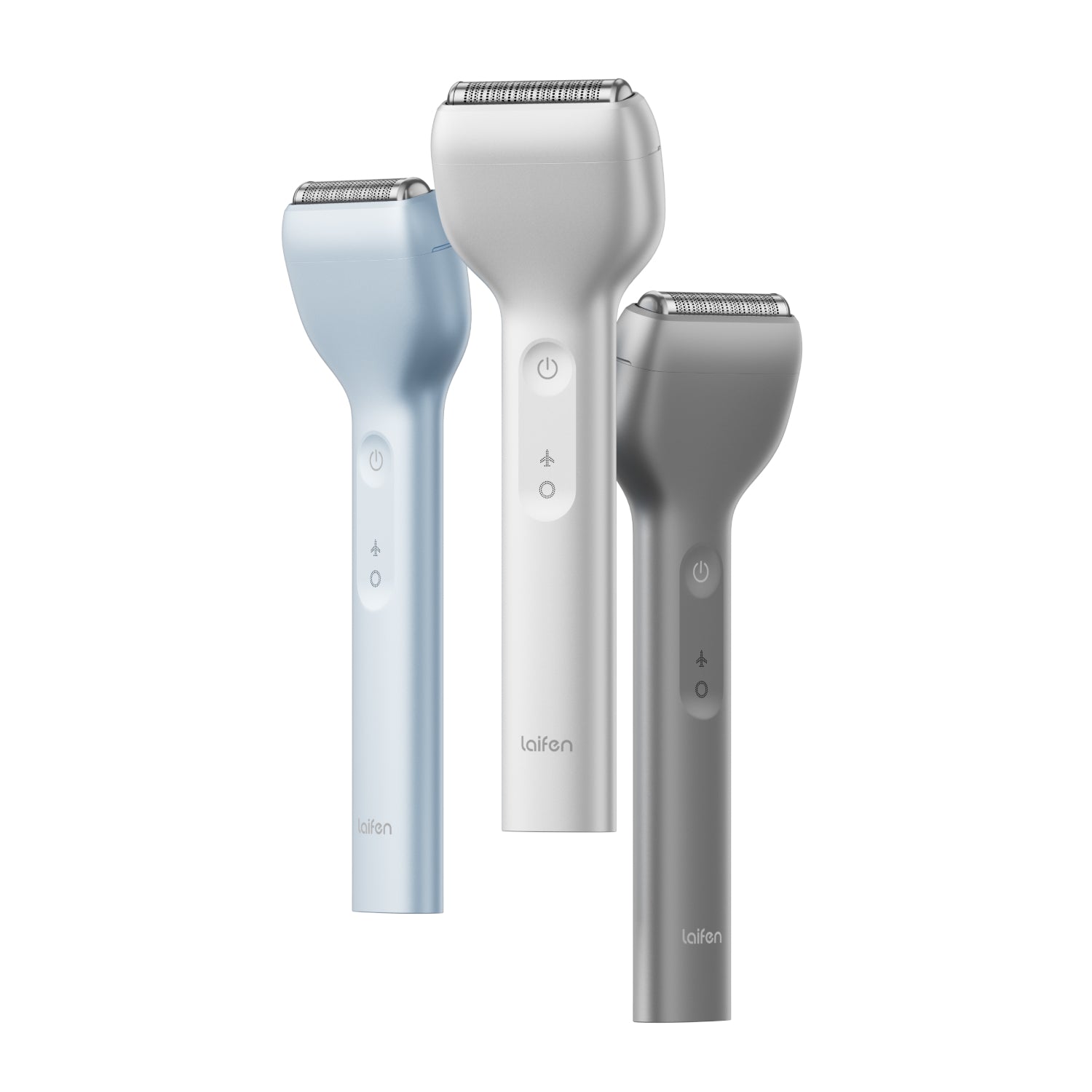
In this article
Curly hair comes in various textures, from soft waves to tight coils. Choosing the appropriate products, treatments, and style approaches to accentuate your natural texture depends on knowing your kind of curl. Knowing your curl pattern will help you customize your hair care regimen to keep good, well defined curls with low frizz and breakage.
Different curl types are categorized using the commonly used curl classification system developed by hairstylist Andre Walker. Although it's not ideal, this approach offers a useful beginning point for learning how to style and care for your curls. Based on curl tightness, it separates curls into three primary types: Type 2 (wavy), Type 3 (curly), and Type 4 (coily/kinky); each type is further categorized into A, B, and C subtypes.
This article will go over the several kinds of curls, show how to find your curl type, and offer advice on maintaining defined and healthy curls. Whether your natural texture is Type 2, Type 3, Type 4, this complete guide will assist you to embrace it.
What Curl Type Do I Have?
The form of your hair follicle will define your curl type. The hair curlier the more oval or flat the follicle is. Type 2 (wavy), Type 3 (curly), and Type 4 (coily/kinky) are the three primary varieties of curls. Based on the tightness of the curl pattern, each category is further broken out into A, B, and C subtypes.

Finding your curl type calls for looking at your hair devoid of styling products and just washed. Your natural curl pattern is shown by wet hair. Remember that many people have a mix of several curl types on their heads, so it is crucial to evaluate several areas to have a whole view of your hair structure.
Type 2 Curls: Wavy Hair

2A: Loose Waves
- Fine, gentle waves hardly bending at all.
- Easily weighted down by hefty goods.
- Best presented with lightweight mousse or texturizing spray.
2B: Defined Waves
- More precisely shaped S-shaped waves.
- Particularly in humidity, prone to frizz.
- Advantages of diffusing and curl-enhancing products
2C: Thick Waves
- Starting at the root, waves have a thicker and more distinct quality.
- Maybe prone to frizz and dryness.
- Requires extra hydration and styling products withhold.
Type 3 Curls: Curly Hair
From loose curls to tight ringlets, type 3 curls create highly defined spirals. Usually voluminous, this hair type naturally has bounce. To avoid breakage and frizz, curly hair gains from moisture-retentive treatments and gentle handling.

3A: Loose Curls
- Big, well-defined curls with gloss.
- It may be prone to frizz.
- Advantages from gels and light weight curl creams.
3B: Springy Ringlets
- Tighter curls with a smaller diameter.
- More likely to show dryness and frizz.
- Calls for curl-defining products and deep conditioning.
3C: Tight Corkscrews
- Small, tightly packed, highly density curly hair.
- Quite prone to shrinking and dryness.
- Needs protective styling and products high in moisture.
Type 4 Curls: Coily Hair
Tight, coiled curls that could seem fluffy or springy define type 4 hair. This hair type requires more moisture to prevent breakage and has great shrinkage. Maintaining the health and definition of coily hair depends on proper hydration, detangling, and preventive styling.

4A: Soft Coils
- Defined, S-shaped, tightly curled hair.
- Advantages of products high in moisture.
- Calls for frequent, thorough conditioning.
4B: Zigzag Coils
- Sharp angles rather than a consistent pattern define curls.
- Particularly prone to shrinking and dryness.
- Best dressed with oils and moisturizing butter.
4C: Tight Kinks
- Very close coils with little definition.
- Most likely to shrinkage—up to 75%.
- Needs protective styling and lots of moisture.
Caring for Different Types of Curls
Every curl type calls for a different style and care strategy. These simple guidelines will help your curls look their best:
1. Hydration is Key
Because the natural oils from the scalp have more trouble along the hair shaft, curly hair is naturally drier than straight hair. Leave-in treatments, conditioners, and moisturizing shampoos will help to keep curls hydrated.
2. Use the Right Styling Products
- For Type 2 curls: Lightweight mousses, gels, and texturizing sprays accentuate natural waves without adding weight.
- For Type 3 curls: Curl creams, gels, and leave-in conditioners define and retain.
- For Type 4 curls: Heavy creams, butter, and oils offer the required hydration and style aid.
3. Minimize Heat Damage
Overuse of heat styling can cause curls to weaken and break off. Should you have to utilize heat, always use a heat protectant and use the lowest required setting.
4. Protect Your Curls at Night
Sleeping on a silk or satin pillowcase helps to avoid frizz and lessens friction. Pineappling—loosely tying curls at the top of your head—can also help preserve curl structure overnight.
Final Thoughts
Knowing your curl type is about embracing the individuality of your hair and giving it the treatment it deserves, not only about spotting the form of your strands. Every curl type has beauty; with the correct technique, moisture, and style, you can maximize your waves, curls, or coils.
Maintaining good curls depends mostly on consistency. Your curls will look and feel much different if you choose the correct products, gently untangle, and maintain their well-moisturized condition. Whether your natural texture is soft, bouncy ringlets, tightly coiled strands, or another, there is a haircare regimen meant to accentuate it.














